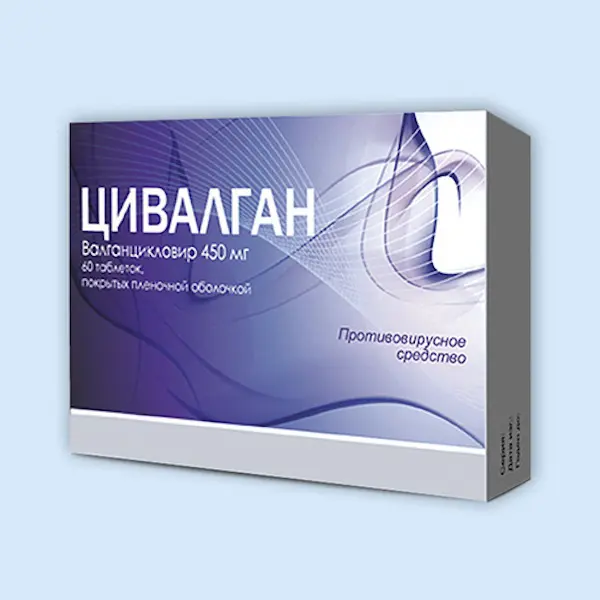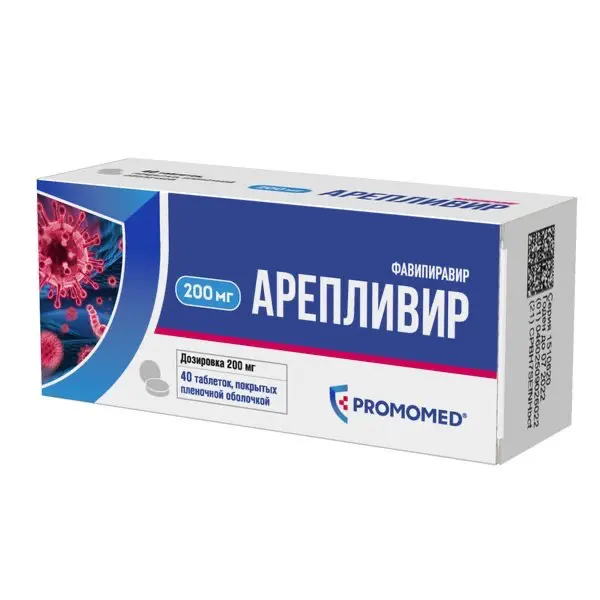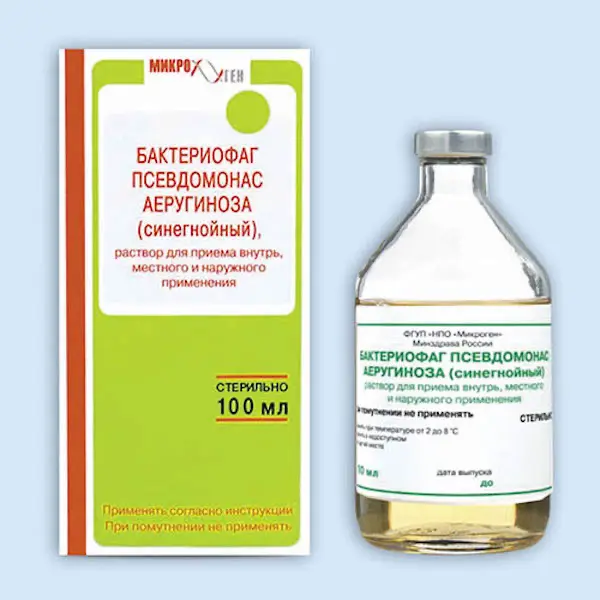Description
Civalgan Pharmacodynamics
Mechanism of action
Valganciclovir is an L-valine ester (prodrug) of ganciclovir, which is rapidly converted to ganciclovir by intestinal and hepatic esterases after oral administration. Ganciclovir is a synthetic analog of 2′-deoxyguanosine, which inhibits replication of herpes viruses in vitro and in vivo. Human viruses sensitive to ganciclovir include cytomegalovirus (CMV), herpes simplex viruses 1 and 2, human herpes viruses types 6, 7, and 8, Epstein-Barr virus, varicella virus, and hepatitis B virus.
In CMV-infected cells, ganciclovir is first phosphorylated to form ganciclovir monophosphate under the action of the viral protein kinase UL97. Further phosphorylation occurs under the action of cellular kinases to form ganciclovir triphosphate, which then undergoes slow intracellular metabolism. After ganciclovir disappears from the extracellular fluid, the intracellular half-life of ganciclovir triphosphate in CMV-infected cells is 18 hours; in herpes simplex virus-infected cells it is 6-24 hours. Since ganciclovir phosphorylation depends more on the action of viral kinase, it occurs predominantly in infected cells.
Virostatic activity of ganciclovir is caused by the following mechanisms:
- Competitive inhibition of deoxyguanosine triphosphate incorporation into DNA under the action of viral DNA polymerase.
- Incorporation of ganciclovir triphosphate into viral DNA, which results in termination of elongation or very limited elongation of viral DNA.
According to in vitro studies, the typical inhibitory concentration that suppresses CMV replication by 50% (IC50) ranges from 0.08 µmol/L (0.02 µg/ml) to 14 µmol/L (3.5 µg/ml).
The clinical antiviral effect of valganciclovir was proved by a decrease in CMV excretion in patients with acquired immunodeficiency syndrome (AIDS) and newly diagnosed CMV retinitis from the initial 46% to 7% after 4 weeks of valganciclovir treatment.
Indications
- Treatment of CMV retinitis in adult patients with AIDS.
- Prophylaxis of CMV-infection after transplantation of solid organs in risk group adults and children above 16 years old.
Contraindications
- Hypersensitivity to valganciclovir, ganciclovir or any of the components of the drug.
- Absolute number of neutrophils less than 500 cells per 1 µl, number of platelets less than 25000 cells per 1 µl or concentration of hemoglobin lower than 80 g/l (see section “Special Precautions”).
- Creatinine clearance less than 10 ml/min.
- Children under 16 years of age (prevention of CMV infection after transplantation of solid organs in adults and children over 16 years of risk group).
- Childhood up to 18 years old (treatment of CMV retinitis in adult patients with AIDS).
- Period of breast-feeding.
Caution
- Elderly age (safety and efficacy of the drug have not been established).
- Hypersensitivity to acyclovir, pencyclovir or their prodrugs (valacyclovir and famciclovir, respectively) in the anamnesis, since because of the similar chemical structure of ganciclovir, acyclovir and valacyclovir, cross-sensitivity reactions to these drugs are possible.
- To avoid overdose, it is necessary to strictly follow the recommendations for dosing regimen.
- Standard dosing regimen
- Valganciclovir should be taken orally with meals (see subsections “Absorption” and “Pharmacokinetics in special patient groups” under “Pharmacological properties”).
- Valganciclovir is rapidly and largely metabolized to form ganciclovir. Bioavailability of ganciclovir in case of taking valganciclovir tablets is 10 times higher than in case of oral administration of ganciclovir (see sections “Special indications” and “Overdose”).
- It is necessary to strictly follow the dosage recommendations given below.
- Therapy of CMV retinitis
- Adults
- Induction therapy for CMV retinitis
- In patients with active CMV retinitis, the recommended dose of valganciclovir is 900 mg (2 tablets of 450 mg) 2 times a day for 21 days. Prolonged induction therapy increases the risk of myelotoxicity (see section “Cautions”).
- Maintenance therapy for CMV retinitis
- After a course of induction therapy or in patients with inactive CMV retinitis, the recommended dose is 900 mg (2 450 mg tablets) once daily. If retinitis worsens, induction therapy may be repeated (see subsection “CMV retinitis induction therapy” of section “Dosage and administration”). The duration of maintenance therapy must be determined individually.
- Prevention of CMV infection after solid organ transplantation
- Adults
- Patients after kidney transplantation should start valganciclovir therapy during first 10 days after transplantation in dose of 900 mg
- (2 tablets of 450 mg) once a day and continue therapy until day 200 of post-transplantation period.
- In patients who have undergone transplantation of other solid organs it is necessary to start therapy with valganciclovir during first 10 days after transplantation in dose of 900 mg (2 tablets of 450 mg) once daily and continue it up to 100th day of post-transplant period.
- Special dosing instructions
- Pediatric patients
- Therapy for CMV retinitis.
- Valganciclovir is contraindicated for the treatment of CMV retinitis in children under 18 years of age, since the efficacy and safety of valganciclovir in this age group for this indication has not been established.
- Prevention of CMV infection after solid organ transplantation
- Dosing regimen in children aged 16 to 18 years does not differ from that in adults (see subsection “Prevention of CMV infection after transplantation of solid organs” in section “Dosage and administration”). Valganciclovir is contraindicated in children and adolescents under 16 to prevent CMV infection after transplantation of solid organs, because efficacy and safety of valganciclovir in this age group is not established.
- Elderly patients
- Efficacy and safety in this patient population has not been established. Clinical studies in patients older than 65 years have not been conducted. Because renal clearance decreases with age, in elderly patients valganciclovir should be prescribed taking into account renal function parameters (see Table 2 below and subsection “Pharmacokinetics in special patient groups” of section “Pharmacological properties”).
- Patients with impaired renal function
- Serum creatinine concentration or estimated creatinine clearance should be monitored carefully. Dose adjustment in adult patients is performed depending on creatinine clearance as shown in Table 2 below (see subsection “Pharmacokinetics in special patient groups” of section “Pharmacological properties” and section “Cautions”).
- Calculated creatinine clearance is calculated as a function of serum creatinine concentration using the following formula:
- (140 – age [years]) ? (body weight [kg])
- For men = ——————————- ,
- (72) ? (0.011 ? serum creatinine concentration [μmol/L])
- For women = 0.85 ? index for men.
- Table 2.
- Creatinine clearance (ml/min) Dose for induction therapy Dose for maintenance/prophylaxis
- ? 60 900 mg 2 times daily 900 mg once daily
- 40-59 450 mg 2 times daily 450 mg once daily
- 25-39 450 mg once daily 450 mg every 2 days
- 10-24 450 mg every 2 days 450 mg twice a week
- < 10 contraindicated contraindicated
- Patients with liver dysfunction
- Efficacy and safety have not been established (see subsection “Pharmacokinetics in special patient groups” under “Pharmacological properties”).
- Patients on hemodialysis
- In patients on hemodialysis (creatinine clearance < 10 ml/min), there are no dosing recommendations for valganciclovir. Valganciclovir is contraindicated in such patients.





